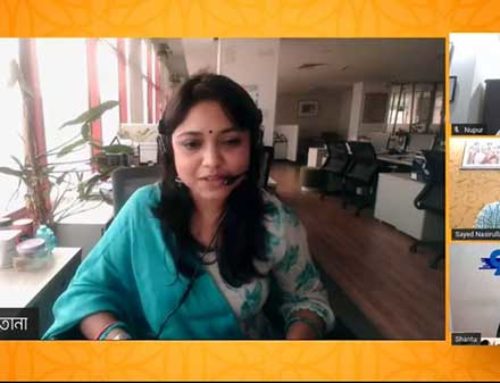THE CRISIS
2.23 million people living in slums across Bangladesh have been severely affected by COVID-19. They are in need of long-term relief support.
In parallel, hundreds of individuals and organisations are either distributing relief or wanting to distribute relief. Uncoordinated efforts are often resulting in duplication, and missing those who are living in the most vulnerable situations.
WHAT THE MAP WILL DO
The urban slum map will enable individuals and organisations distributing relief to plan their efforts effectively to reach people who are most in need, reduce duplication and maximise the reach of our collective efforts to support Bangladesh.
HOW THE MAP WILL HELP BANGLADESH
- The map will act as a public data bank to inform organisations, donors and governments about the needs on the ground. This can also be helpful for organisations when pitching to donors.
- The map will act as a guide for coordination of multiple agencies, help to predict future needs and set a precedent for how coordination can be done in future crises. The map will be a platform for bringing together the different strengths of organisations, such as distribution channels, funding and relief items.
WHO THIS MAP IS FOR
- Non-profit organisations, CSR departments of for-profit organisations
- Donors and governments
- Individuals/societies
WHAT CURRENT MAP USERS SAY
15 organisations have agreed to contribute to BRAC’s urban slum map. Seven are now actively participating. Alokito Shishu is one of the active participating organisations:
“It cannot be overstated that working on an urban slum map is a timely initiative taken by BRAC. This map will help us give direction to distribute relief in a decent way to the people who are in urgent need of assistance. I hope organisations will start using this platform and will create opportunities for more people.” – Mithun Das Kabbo, Alokito Shishu
WHAT THE MAP CONTAINS
The map currently covers:
- 21 cities
- 435 slums within 12 city corporations
- 8 municipalities
The map does not cover all of the estimated 14,000 slums in Bangladesh. It covers the ones which BRAC is actively working in, and the team is endeavouring to increase the coverage every day.
The map contains two types of information:
1. Slum map
Indicates the total number of households, population, household types, occupations, ages and other demographics of each slum.
2. Aid activities
Indicates the organisations active and types of aid distributed in the last seven days. Hovering over an indicator will show total households, population, households covered and remaining. Household covered is indicated by six colours ranging from orange to green – Orange demonstrates that 0% of households covered, while dark green means 81-100%. The colour changes from dark green to orange automatically after two weeks, showing the slum requires new aid or cash assistance, as most relief is sufficient for two weeks. A user can also select a specific cluster from the dropdown menu, depending on which city they want to distribute relief in.
HOW TO GET INVOLVED
- See the map here: http://urbanslummap.brac.net/slum_map.html
- Fill out this form and a BRAC staff member will reach out to you.









